Review for Belladonna of Sadness - Collector's Edition
Introduction
I’ve said this before, but anime is a now thing. It’s about what’s airing right now, it’s about getting the latest shows on streaming, and thereafter on home video in short order, and if anime distributors do look back, it’s to those guaranteed hits that have succeeded before, not to take chances on shows and films that never got a release in the first place. That’s unfortunate, as anime has a long and varied history, Japan has been creating animation practically since the earliest days of film, and it’s hard to place an industry in context without knowledge of its past. For instance, Osamu Tezuka is known as the father of manga and anime, practically everyone in the industry today owes some debt to his legacy, but other than Astroboy and Metropolis, can you think of any of his anime that have had a release in the West?
Well, now you can increase that number by... zero. Belladonna of Sadness was produced by Tezuka’s Mushi Studios; it was the third in the Animerama series of adult animations following A Thousand and One Nights and Cleopatra, both produced by Tezuka. But by the time Belladonna of Sadness was made in 1973, Tezuka had left the studio that he created, and it was adapted from a French book, La Sorciére by Jules Michelet, not from a Tezuka manga. It was also the last film that Mushi Studios made before they went out of business. But the fact of the matter is that this 44 year old film is still an anime, albeit an anime the likes of which you’ll have never seen before.
Jeanne and Jean were happily married, briefly. As was tradition, they visited the castle of the local baron to pay their respects, and the appropriate marriage tax, only the greedy baron asked ten times what Jean could afford to pay. The baron decided to take the rest by deflowering Jeanne, and gave her to his courtiers to rape as well. Thereafter, a spirit starts appearing to Jeanne, offering her power in exchange for her soul. She wavers at first, but she wants to protect Jean, who has fallen into a depression following her ordeal. And so begins a drip-feed of temptation and power from the spirit, as for everything Jeanne gains, there’s a consequent setback as the patriarchal world pushes back. For a start, Jean gets a job as a tax collector, and the couple grow in importance in the village, but then when Jean can’t collect enough tax to sate the baron’s greed, the baron reacts by punishing him. The spirit then appears to Jeanne again, offering her yet more power. And slowly through the village, rumours of witchcraft begin to grow.
Picture
Belladonna of Sadness gets a 4:3 pillarboxed 1080p transfer on this disc. Cinelicious Pictures in the US gave the film a 4k restoration last year, and All the Anime are taking advantage of that transfer. Although I have no point of comparison, Belladonna of Sadness looks really quite splendid on this disc, clear and sharp throughout, with smooth if limited animation, and its watercolour palette coming across clearly and with vibrancy. It’s a crystal clear presentation of a vintage feature film.
Belladonna of Sadness is unlike any anime you have seen. For one thing, Mushi Studios was in dire financial straits when this film was made, and they had to economise. We have very limited character animation here, most of the film is a camera panning across watercolour imagery against a narration, but its artwork is astoundingly effective, while the few moments of animation are chosen to make the most impact. It’s also quite an erotic film, although its eroticism comes through symbolism and charged imagery than anything overly explicit.
One thing to note about this 1973 film is that there are moments where strobe effects and flashing images are used. You might need that warning about watching it in a well-lit room and at a distance from your television.
Sound
The sole audio track is a DTS-HD MA 1.0 mono Japanese track, with optional English subtitles. The dialogue is clear throughout, the audio has definition and clarity too, and there is no problem with glitches or dropouts. The film’s music is quite evocative of the period, very late-sixties early-seventies. The subtitles are timed accurately and are free of typos.
Extras
I haven’t seen the final retail release to comment on the packaging, the art cards or the booklet, but I did get a review copy of the Blu-ray, which boots to a static menu.
As well as three trailers, two US and the 1973 original, there are three interviews on this disc. The first with director Eiichi Yamamoto lasts 23:20, the second with Art Director Kuni Fukai lasts 16:15, and the third with composer Masahiko Satoh lasts 27:19. All are in HD.
Conclusion
Belladonna of Sadness is an experimental, visually astounding piece of filmmaking, bearing no resemblance stylistically or in tone to the first two comedic films in the Animerama trilogy. This film’s tone is darker and more visceral. It’s also a film about female empowerment, a study in feminism despite its scenes of rape and violence, although how much that has to do with the film’s final scene, which was apparently added some years after its first release is up for debate. The painting of French Revolutionary Lady Liberty certainly puts this film’s story in context though.
Set during the feudal Middle Ages in a patriarchal world, the film’s protagonist Jeanne is hardly in a position of power, and society dictates that she never will be. That’s brutally brought home after her wedding, when the local baron takes advantage of her. The irony is that the rape is suggested by the baron’s wife as an alternative to the tithe that he demands from the newlyweds. It’s the act of a rare woman in power doing whatever she can to maintain her power, and it’s the first act of many in this film.
When Jeanne returns to her husband, Jean says all the right things, but in his behaviour he blames her for being raped, before lapsing into a self-destructive depression at his own sense of emasculation, leaving Jeanne isolated. So it is that when the devil first appears to Jeanne offering her power, it results in Jeanne’s sexual awakening. It’s no coincidence that in appearance the devil is very phallic indeed, and the first power that she takes is control and confidence in her own sexuality. But this isn’t a world that tolerates a woman in control, and whatever Jeanne achieves, the patriarchy pushes back. And so the devil returns to offer her more and more power.
Jeanne first gains the confidence to support her husband, and then she becomes a financial power in her own right. But with this power comes accusations of witchcraft, and when she’s cast down for the final time, thrown out of the village, this becomes her final manifestation of power, ‘witchcraft’. Sexual control is not enough, and neither is financial control, but her new knowledge gives her control over people’s hearts, and that becomes the ultimate threat to the baron.
Of course, witchcraft is just a phrase; the phallic devil just a metaphor for free will and independence of thought. Living outside the village, Jeanne picks up the herb lore that serves as a cure when the village is visited by plague. The film’s sexual and supernatural imagery however feeds into the perception of witchcraft, and deals made with the devil. The film doesn’t end well for Jeanne, but the key point is that as the story unfolds, she gains more and more power to control her life.
Belladonna of Sadness is the most sensual and erotic animation I have seen, which lies at odds with its dark themes. Visually it’s unlike any anime, its aesthetic more akin to European animation of that period, but thematically you can see the influences that this film might have had down the years. It’s hard not to see Jeanne’s story and not be put in mind of Griffith’s journey in the Golden Age arc of Berserk.
It’s anime, Jim, but not as we know it. If you’re looking for your next instalment of shonen action, or a bit of Ghibli style cuteness, you’re going to be blindsided by Belladonna of Sadness. It’s not that animated, while its story is more adult and rich with character complexity than you’ll be expecting. It’s sexuality, and not in the giggling harem trope sexuality way. In fact it’s fair to say that most of the usual anime audience will probably not see this. But, this is an essential piece of film history, one that film collectors really should experience, and All the Anime have given it a Criterion level presentation on this disc. Vintage anime like this has been long missing from UK shop shelves and this bodes well for the forthcoming Momotaro release.
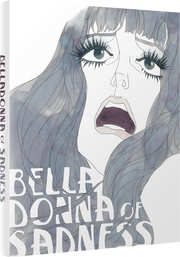
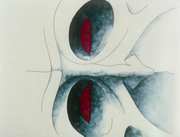
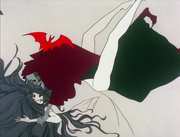
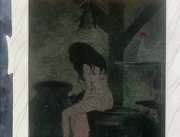


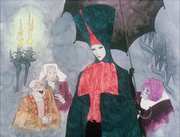
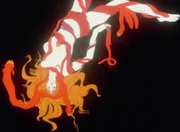


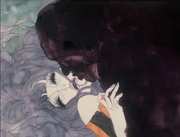
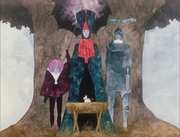
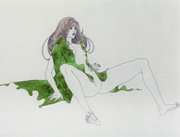


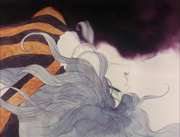
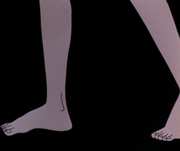


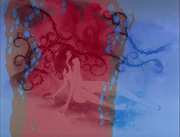
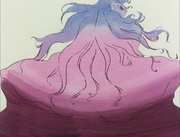
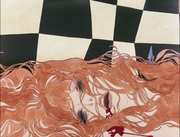

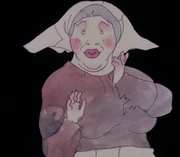
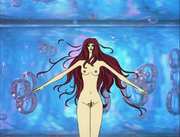


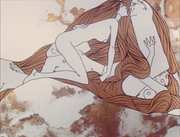
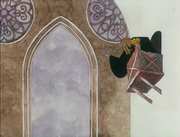
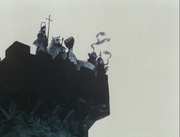
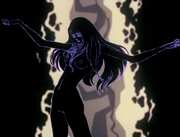














































Your Opinions and Comments
Be the first to post a comment!